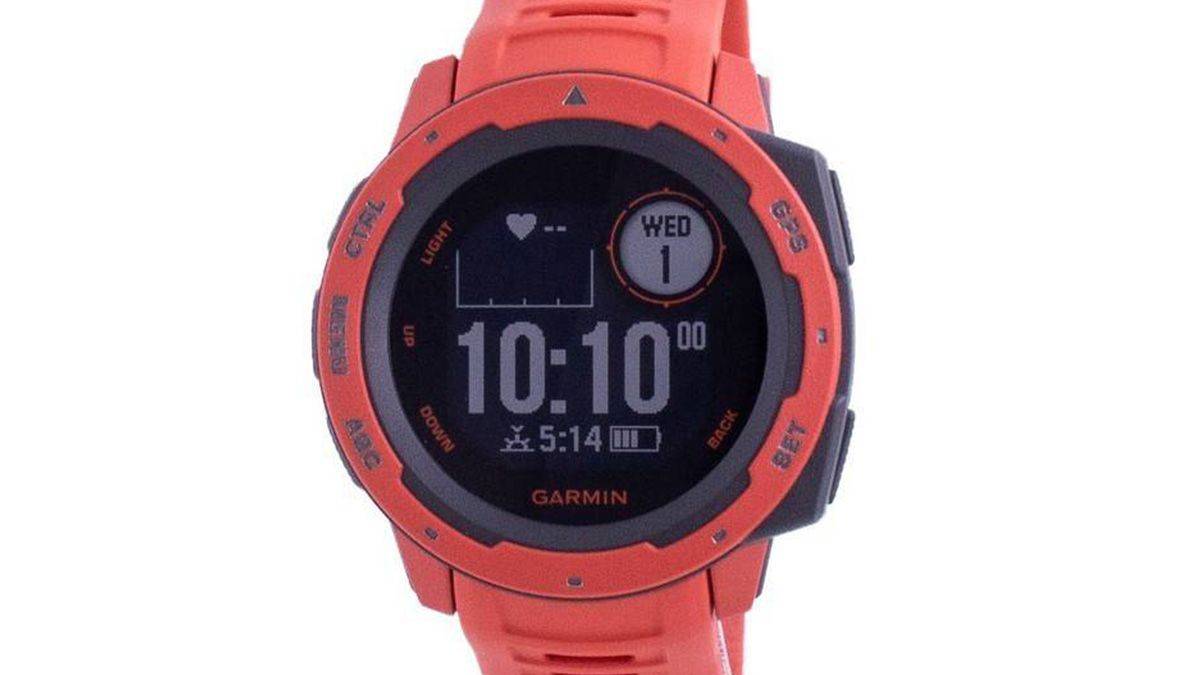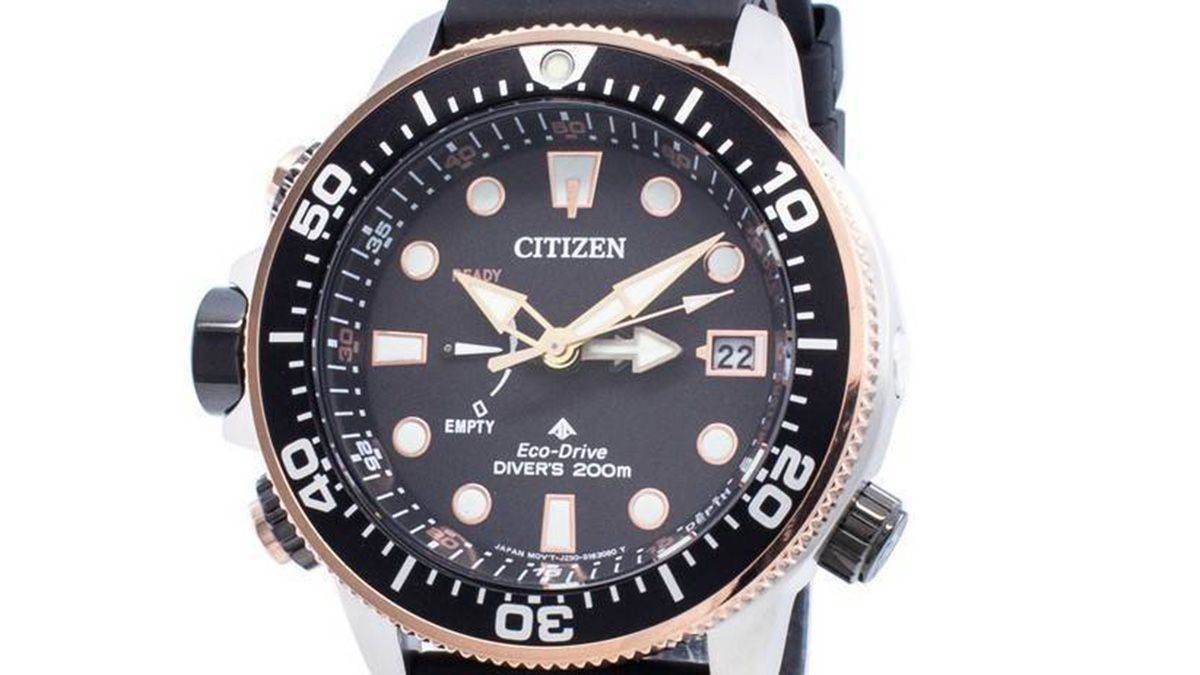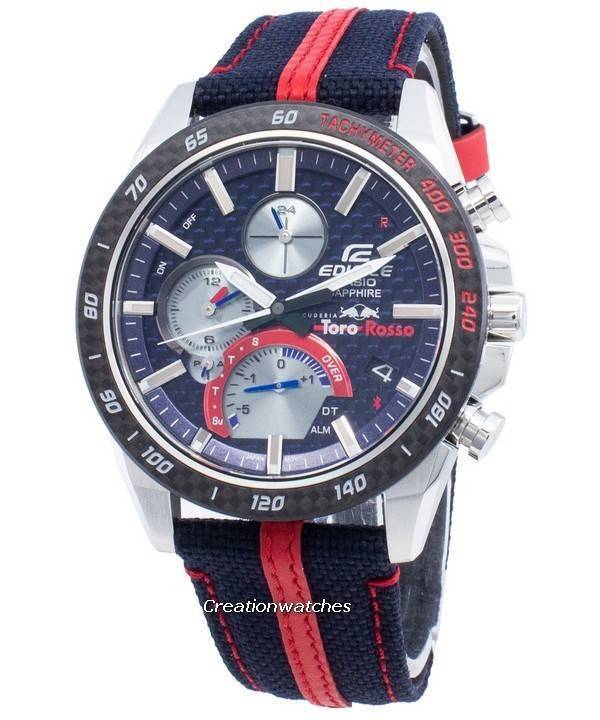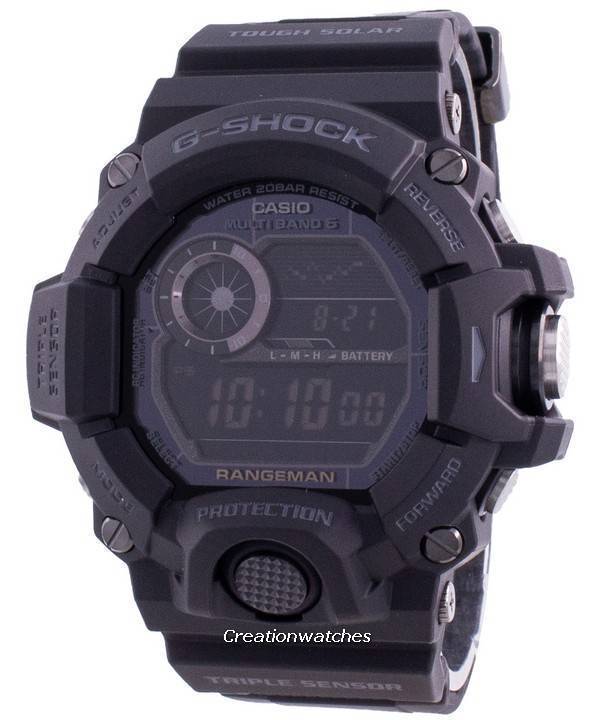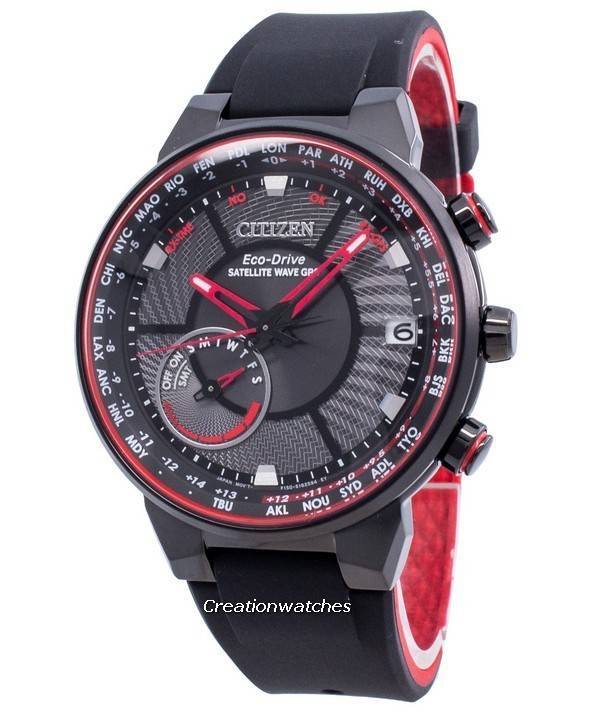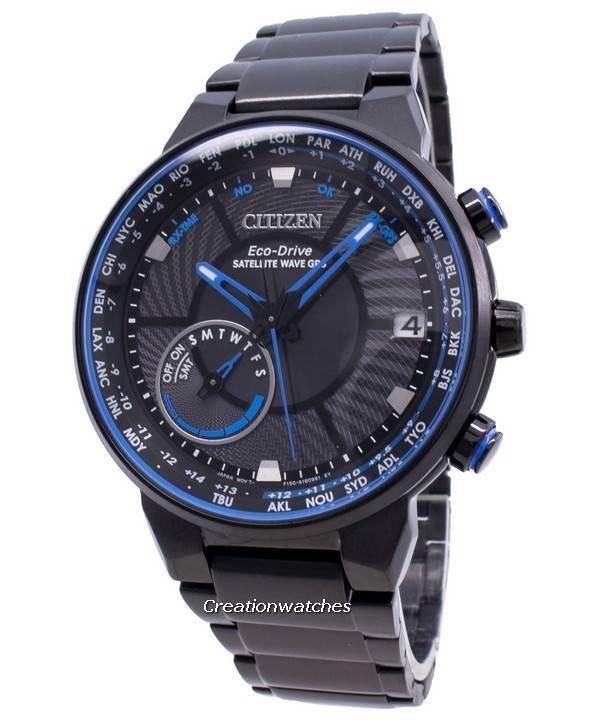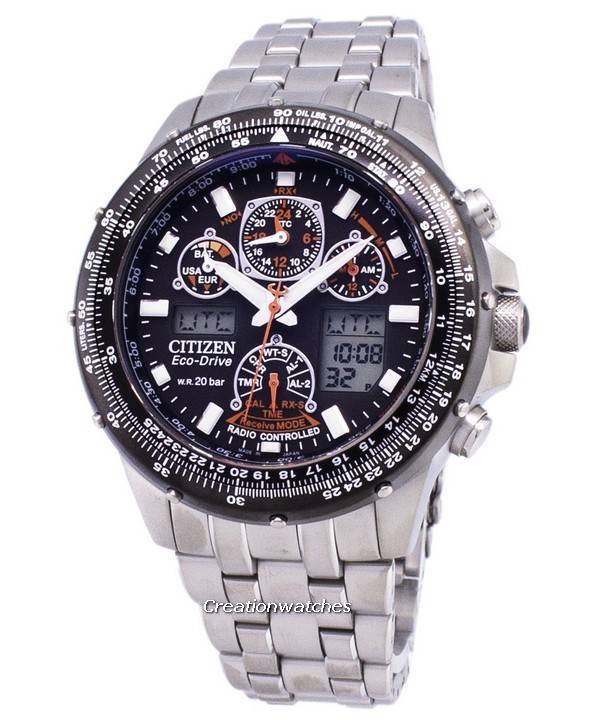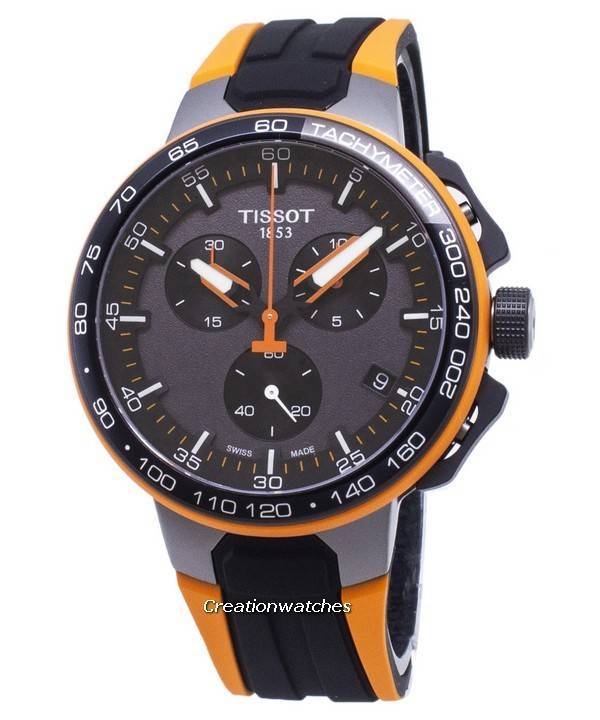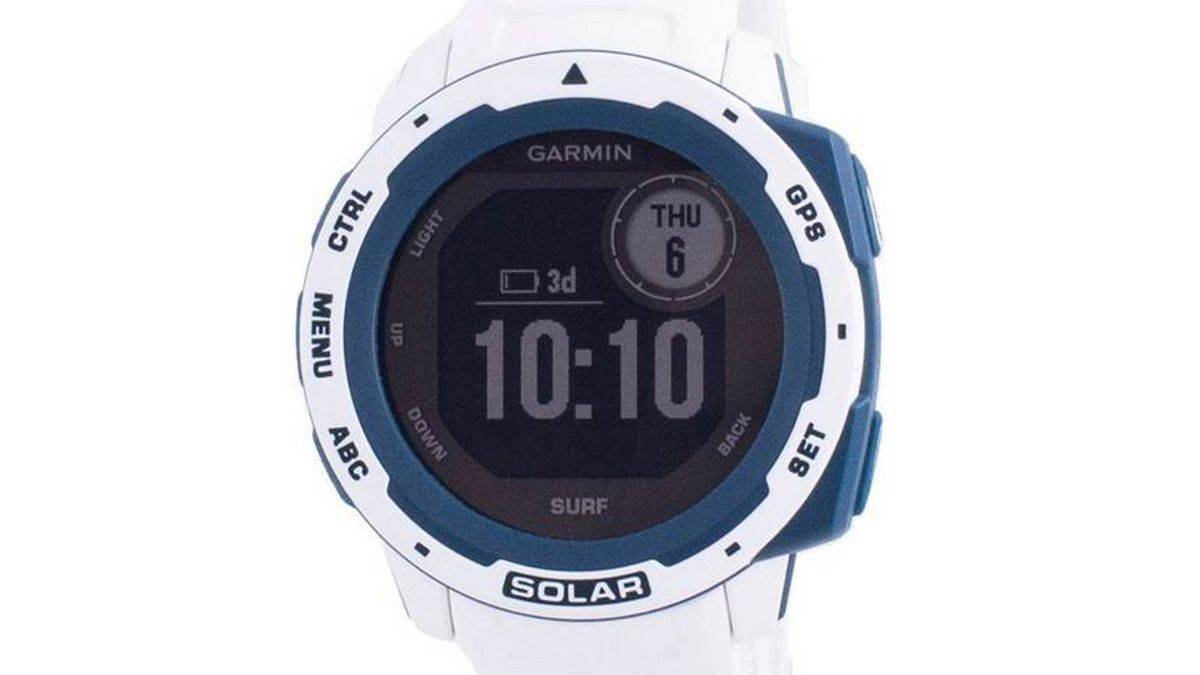
- April 24, 2021
- Watch Gonzo
- 0
It’s not the only one
Like Xerox, Band Aids or TASER; the acronym GPS has also become synonymous to Global Navigation Satellite Systems, which also makes most of us think GPS is the only way out for a globally-covered, autonomous geo-spatial positioning system. Others like GLONASS and Galileo also exist along with other regional systems; like those from India (NavIC), China (BeiDou) and Japan (QZSS).


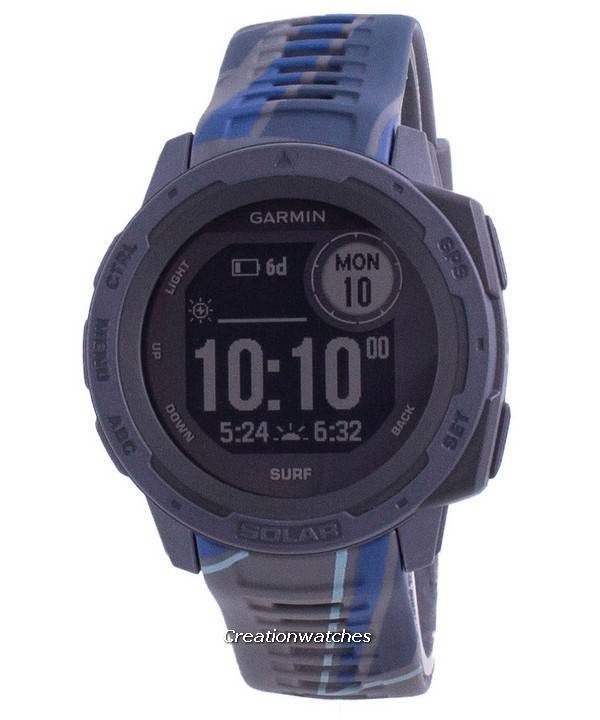
Garmin Instinct Solar Surf Edition Fitness GPS Watch: Silicon keeps you cool!
Why one is not enough? Navigation is the most widespread reason behind using the GNSS and while most of the world uses GPS, questions arise about why other options are also there. In short – ‘Why use multiple global navigation satellite systems? Especially, when majority of the devices don’t even let you access Galileo or GLONASS if you are not using them together with GPS. They go beyond just being backups for the GPS in case it crashes. Or, if the US government suddenly decides to take it down! No doubts about them saving us all from such an awkward – to put it mildly – situation. However, let’s see first where GPS (US), GLONASS (Russia) and Galileo (EU) differ.- Number of satellites: Each system has a definite number of them in its constellation. Between 1978 and 2021, GPS accumulated a total of 31 satellites at an altitude of 12,540 miles (Medium Earth Orbit) above the surface. It is also the oldest and hence, the most widely used GNSS around the world. GLONASS provides to both military and civilians. They are located at 19,100 km. above earth (middle-circular orbit) and is especially suited for usage at high latitudes, where GPS might fail. A total of 24 satellites, you need at least four of them to get your real time position and determining velocity.
Galileo, despite being the youngest of all, are 24 functional and 6 spare/backup satellites placed higher than the other two; at 14,429 miles! It gives you higher precision and can work independently, without engaging either GPS or GLONASS. For the Galileo satellites, however; you’ll need a device manufactured after 2016.

Garmin Instinct Solar Surf Edition Fitness GPS: Also for those funky, weekend dressing!
- Positional accuracy: GPS is accurate up to 5 meters under open sky but is not the fastest or the most accurate network. But there are lots of benefits of using GPS in combination with another system. Like, it’s usually paired with GLONASS to track higher latitudes (with abundant mountainous regions) more precisely while GPS is good at the lowers. The GLONASS satellites also take 30 minutes less to complete a single revolution around Earth, being slightly closer. Their precision accuracy range is between 4.5 and 7 meters.
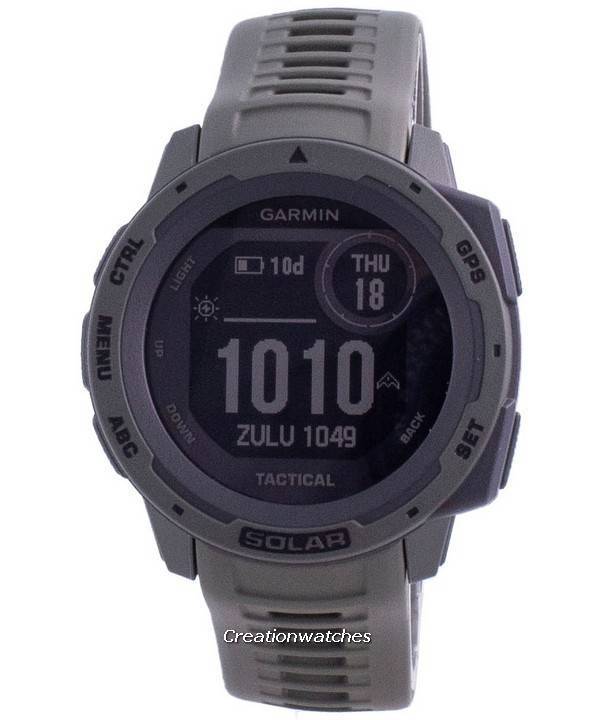
Garmin Instinct Solar Tactical Edition: Cool and smart!
Now we come to the benefits Using more than one GNSS at a time is more beneficial than using just one. The Garmin devices will usually have the option of enabling either GLONASS or Galileo in combination with GPS; they will, however drain the battery faster. It’s your device’s job to choose between different satellites (at least 4) to bring a response back against your signal. With multiple GNSS systems at work, the number of visible satellites to your device almost doubles than that it would with a single GNSS. Your device will thus be faster to point your exact location, with improved positional accuracy. —————————————————————————————————————————————————————- Tell us for what reason multi-GNSS timepieces/devices individually/collectively make you smile! Send us a line to gonzo@creationwatches.com. You may also send any specific query you have in particular.
Post Views: 58











